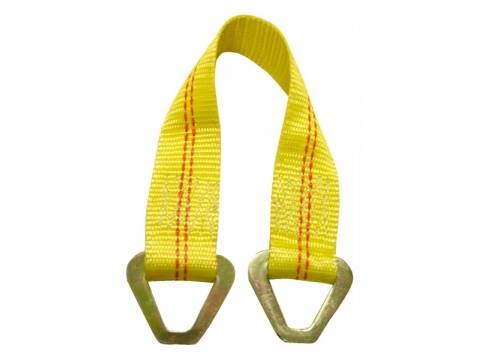Crusty Chief
Guru
Heading for Canada in a few months and several friends have recommended that we carry a stern line for tying off to rocks or trees. Our boat is roughly 50 ft. And weighs in at about 50k.
Any suggestions for size, length and type of line would be appreciated. Also, should we fabricate a spool to retrieve and store the line?
Thanks in advance.
Any suggestions for size, length and type of line would be appreciated. Also, should we fabricate a spool to retrieve and store the line?
Thanks in advance.

 Nice when you can tie off a stern line from the pulpit or swim grid.
Nice when you can tie off a stern line from the pulpit or swim grid.